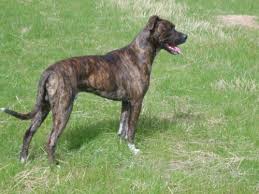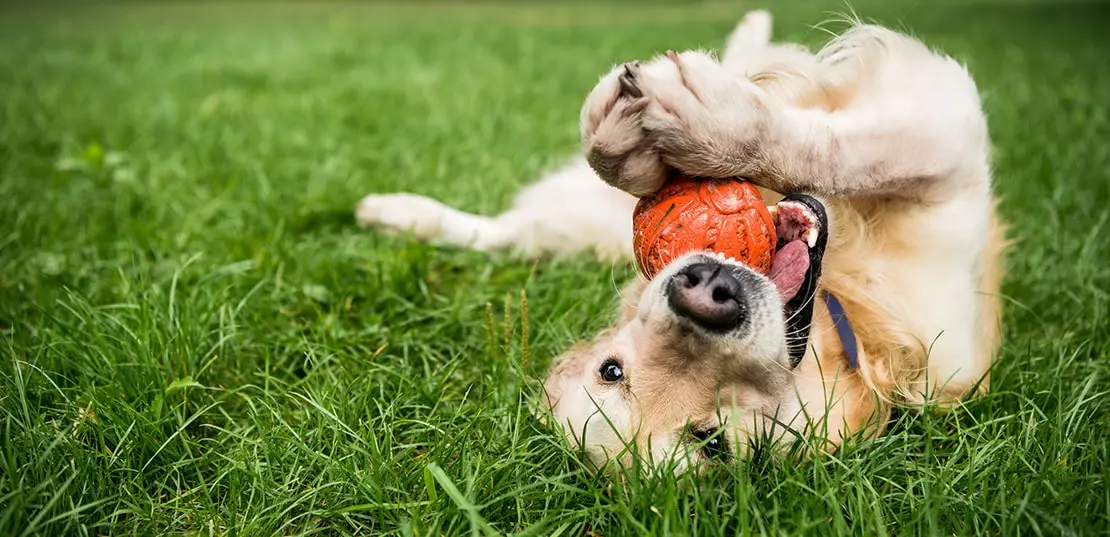
Alaunt
Conditions of detention
The Alaunt was highly adaptable to various living conditions, from nomadic life to settled agricultural environments.
Useful Fact: They thrived in environments where they had a purpose, such as guarding or hunting, due to their working nature.
Nutrition and diet
A balanced diet rich in protein and essential nutrients was crucial for maintaining the Alaunt’s health and energy levels.
Useful Fact: Access to fresh water and regular feeding schedules would have been essential to keep them in peak condition for their working roles.
Health
Alaunts were robust and healthy dogs, but like all breeds, they could have been prone to genetic conditions typical of large breeds.
Useful Fact: Regular exercise and a balanced diet would have been key to maintaining their health.
Grooming and care
Given their working dog background, Alaunts would have required minimal grooming, focusing on maintaining a healthy coat and checking for injuries.
Useful Fact: Regular brushing to remove dirt and loose fur would help keep their coat in good condition.
Education and training
Alaunts were intelligent and trainable, often trained for specific tasks like hunting, guarding, or herding.
Useful Fact: Consistent training with positive reinforcement would have been most effective for these versatile dogs.
Toys and entertainment
These dogs would have benefited from activities that stimulated their physical and mental abilities, such as hunting games or tasks that mimic their working roles.
Useful Fact: Providing them with tasks or challenges would help keep them engaged and mentally stimulated.
Safety
Ensuring a safe environment was crucial, particularly if they were guarding livestock or property.
Useful Fact: Secure fencing and proper training would help prevent them from wandering off or becoming overly aggressive towards perceived threats
Accessories
Essential accessories for the Alaunt would include sturdy collars and leashes, especially if they were used for hunting or guarding.
Useful Fact: Durable equipment that could withstand their strength and activity levels would be necessary.
Socialization
Early and ongoing socialization with different people, animals, and environments was important to prevent overprotectiveness or aggression.
Useful Fact: Exposure to various situations would help them become well-rounded and adaptable
Travel and Transportation
As nomadic dogs, Alaunts would have been accustomed to traveling with their owners, requiring them to be adaptable to different modes of transport.
Useful Fact: Ensuring they were comfortable and secure during travel would be essential for their well-being.
Behavior and psychology
Alaunts were known for their loyalty, bravery, and protective nature. They needed mental and physical stimulation to stay happy and balanced.
Useful Fact: Providing them with a job or purpose, such as guarding or participating in hunting activities, could satisfy their natural instincts.
Legal aspects
Familiarizing with local pet laws, including licensing and leash requirements, was crucial to ensure compliance and avoid legal issues.
Useful Fact: Proper registration and adherence to local regulations would help in managing these dogs responsibly.


